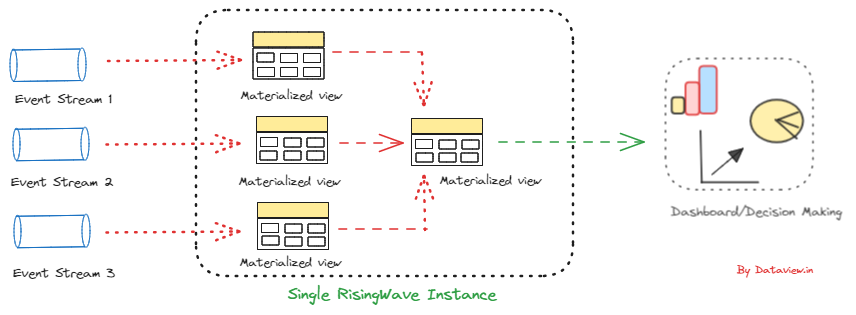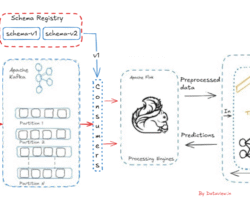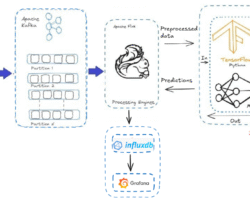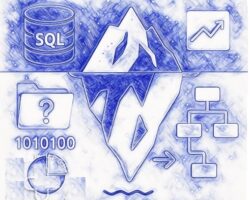RisingWave- An unwrinkled road to event stream processing

A distributed SQL streaming database called RisingWave makes processing streaming data easy, dependable, and efficient. Businesses can quickly and effectively respond to user behavior patterns by utilizing real-time analytics. This allows them to take advantage of opportunities and impressively RisingWave excels in delivering consistently updated materialized views, which are persistent data structures reflecting the outcomes of stream processing with incremental updates.
Materialized views in RDBMS are precomputed views of data that are stored persistently in the database. Materialized views are particularly useful in scenarios where certain queries are executed frequently or involve computationally intensive operations. RisingWave, functioning as a streaming database, has innovatively utilized materialized views to fuel continuous analytics and data transformations for time-sensitive applications like alerting, monitoring, and trading.
In RisingWave, materialized views undergo automatic and incremental refreshing triggered by the arrival of new events, eliminating the need for preset intervals or manual intervention. Once a materialized view is established, the RisingWave engine continuously monitors for pertinent events, ensuring the view remains current. Since computations are solely executed on freshly arrived data, the computing overhead remains minimal. Additionally, RisingWave ensures snapshot read consistency, guaranteeing coherence between queries run on materialized views or tables within the same database.
RisingWave simplifies the construction of stream-processing applications by enabling developers to articulate complex stream-processing logic using cascaded materialized views. Additionally, it permits users to store data directly within the system, removing the necessity to transfer results to external databases for storage and query serving. Functions as a relational database, enabling users to break downstream processing logic into smaller, manageable stacked materialized views, rather than grappling with extensive computational programs. Additionally, RisingWave stores internal states in remote storage like S3, enabling users to confidently and efficiently execute complex streaming queries in a production environment, free from concerns about state size. Besides, RisingWave can bounce back from failure in a matter of seconds rather than minutes or hours because of its state management technique.
RisingWave doesn’t solve all data engineering challenges; it has its own limitations. It lacks low-level APIs in languages such as Java and Scala and does not offer manual management of internal states by users. Additionally, RisingWave isn’t designed for transactional workloads, making it unsuitable as a replacement for operational databases dedicated to transaction processing. However, it does support read-only transactions, ensuring data freshness and consistency.
As a final note, similar to other stream processing systems, RisingWave’s main applications encompass monitoring, alerting, real-time dashboard reporting, streaming ETL (Extract, Transform, Load), machine learning feature engineering, and beyond. Its adoption spans various industries, including financial trading, manufacturing, new media, logistics, gaming, and more.
I hope you enjoyed reading this. If you found this article valuable, please consider liking and sharing it.
Ref:- https://docs.risingwave.com/docs/current/intro/
Can be reached for real-time POC development and hands-on technical training at [email protected]. Besides, to design, develop just as help in any Hadoop/Big Data handling related task, Apache Kafka, Streaming Data etc. Gautam is a advisor and furthermore an Educator as well. Before that, he filled in as Sr. Technical Architect in different technologies and business space across numerous nations.
He is energetic about sharing information through blogs, preparing workshops on different Big Data related innovations, systems and related technologies.







